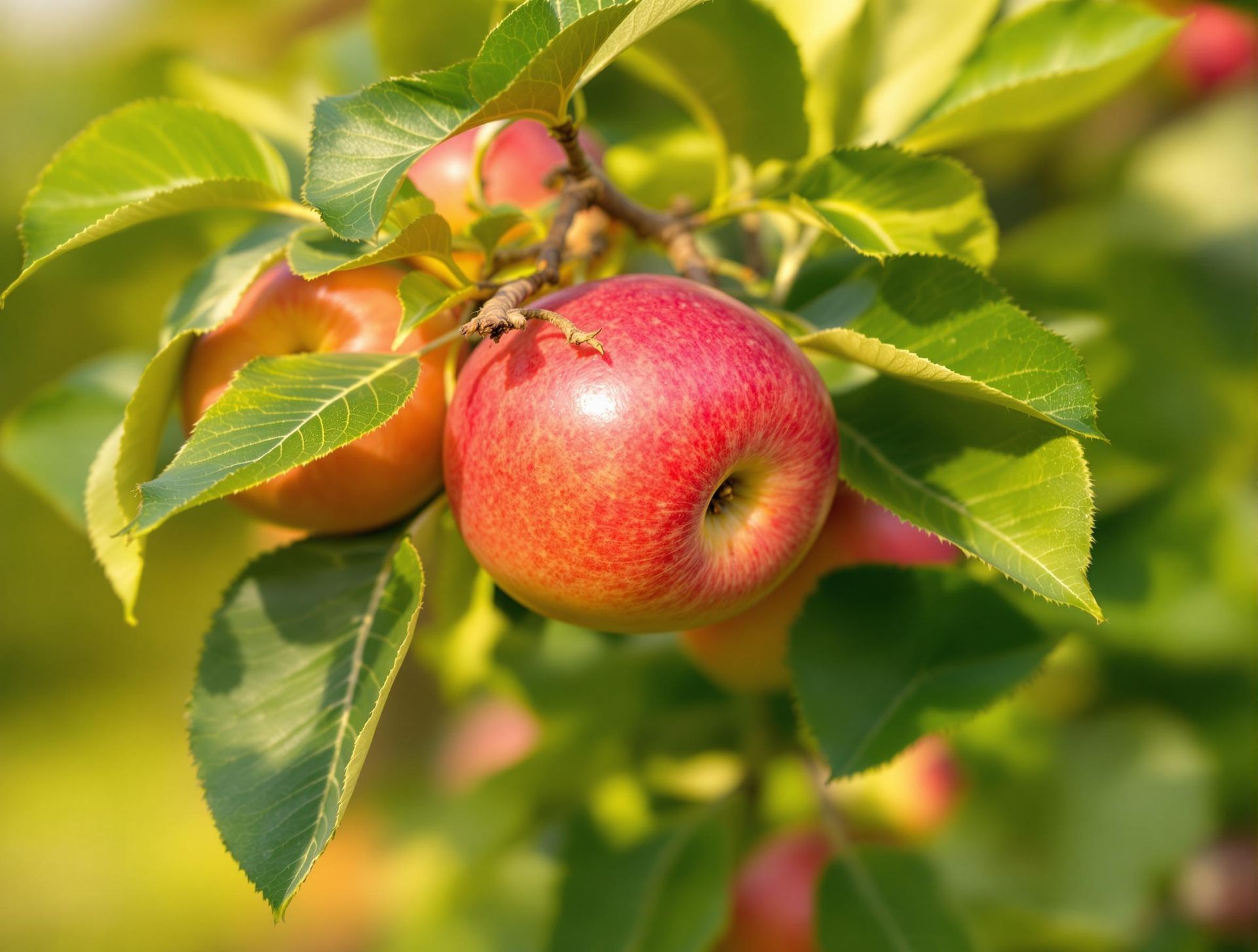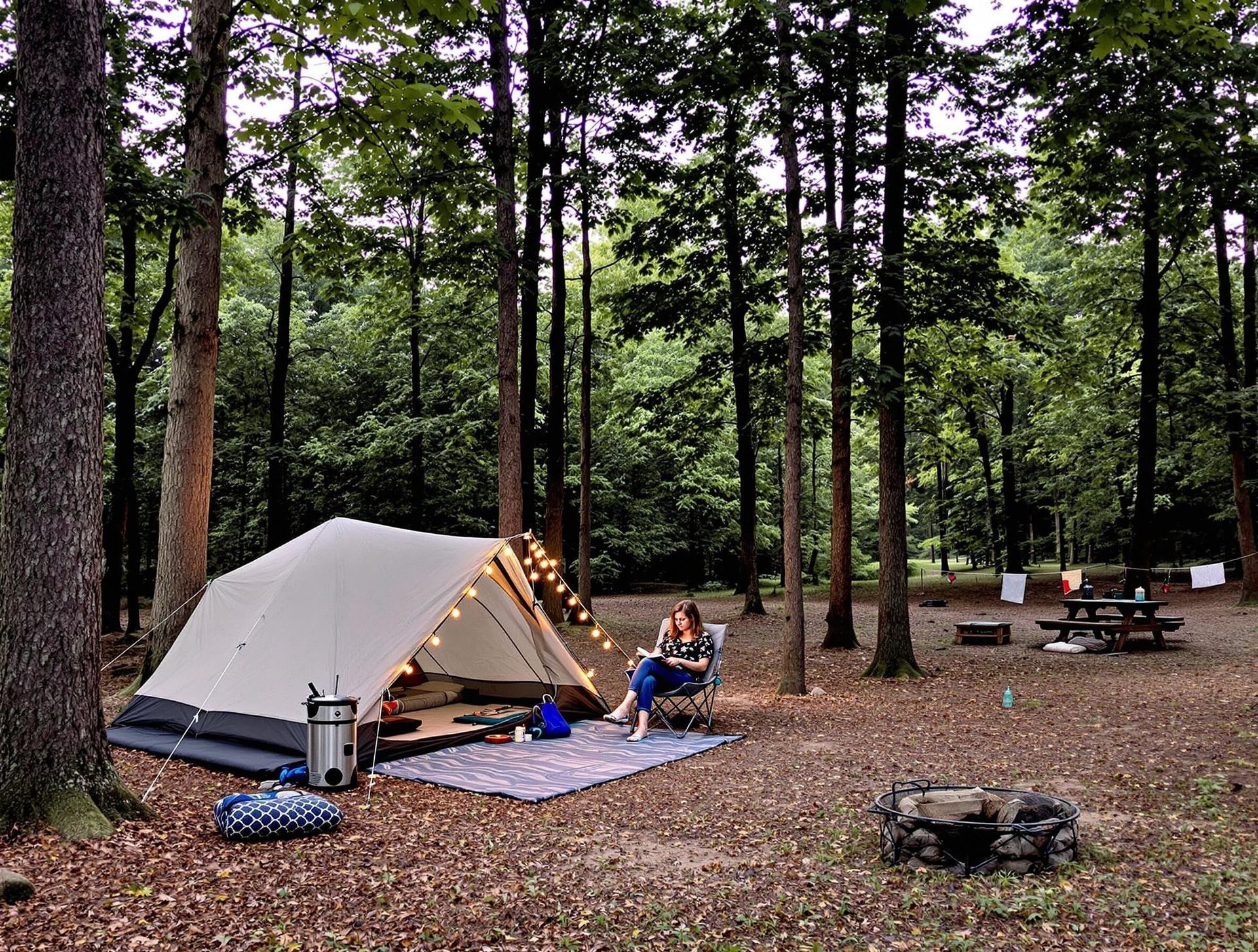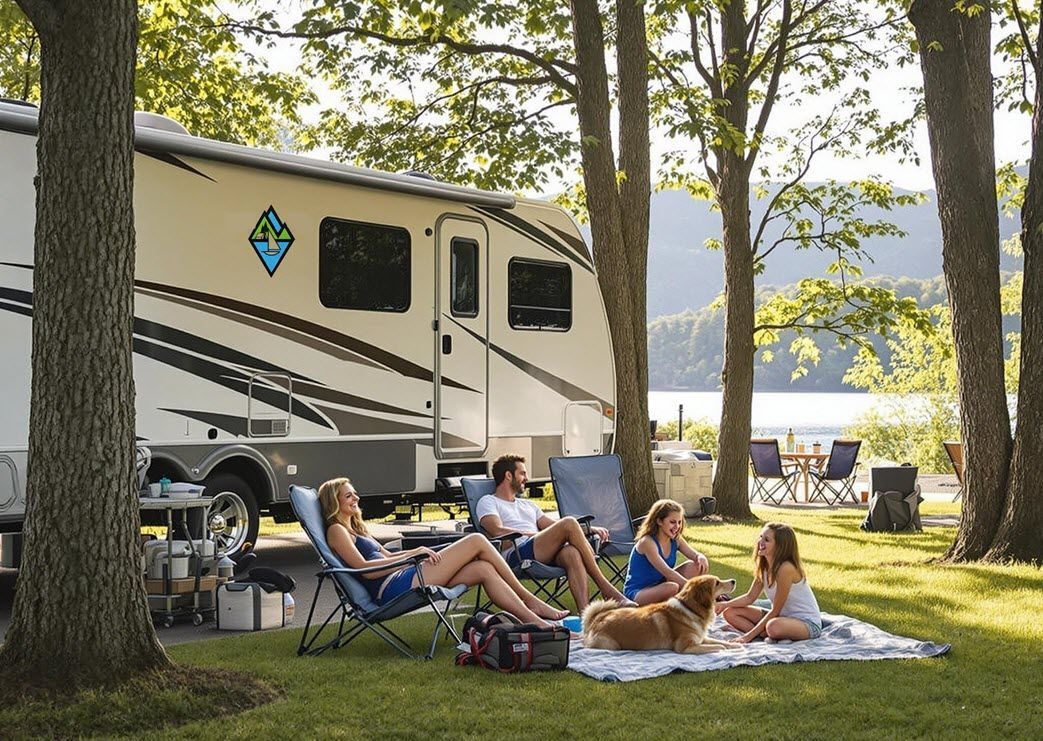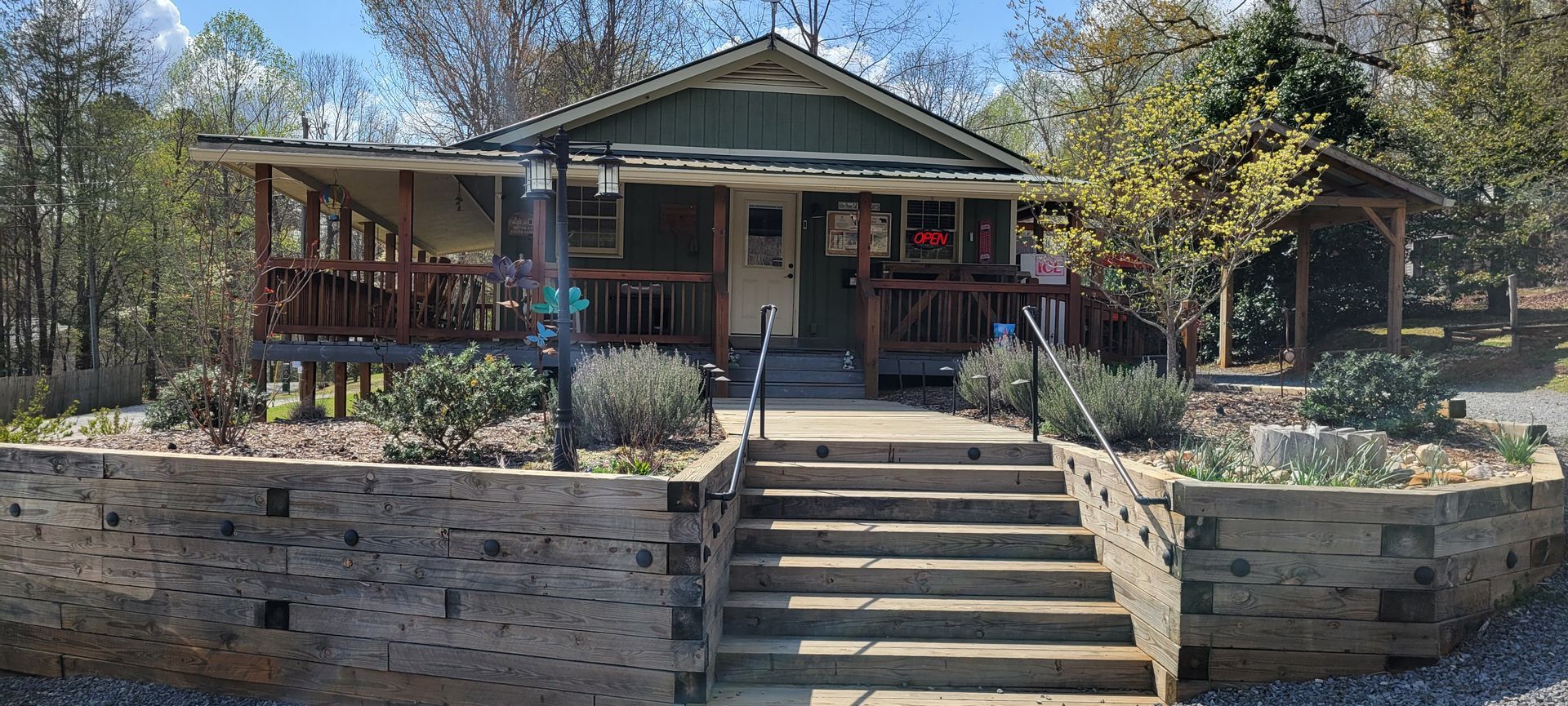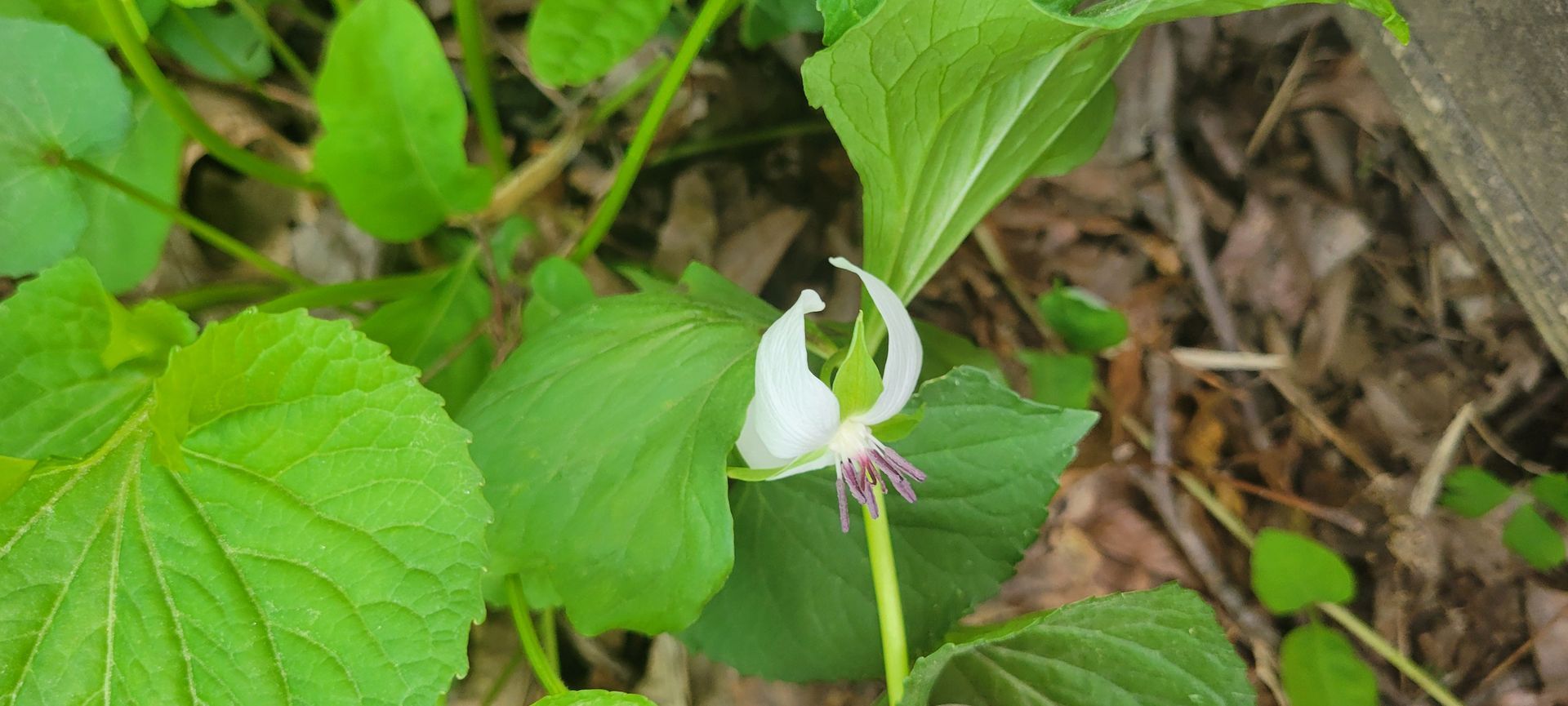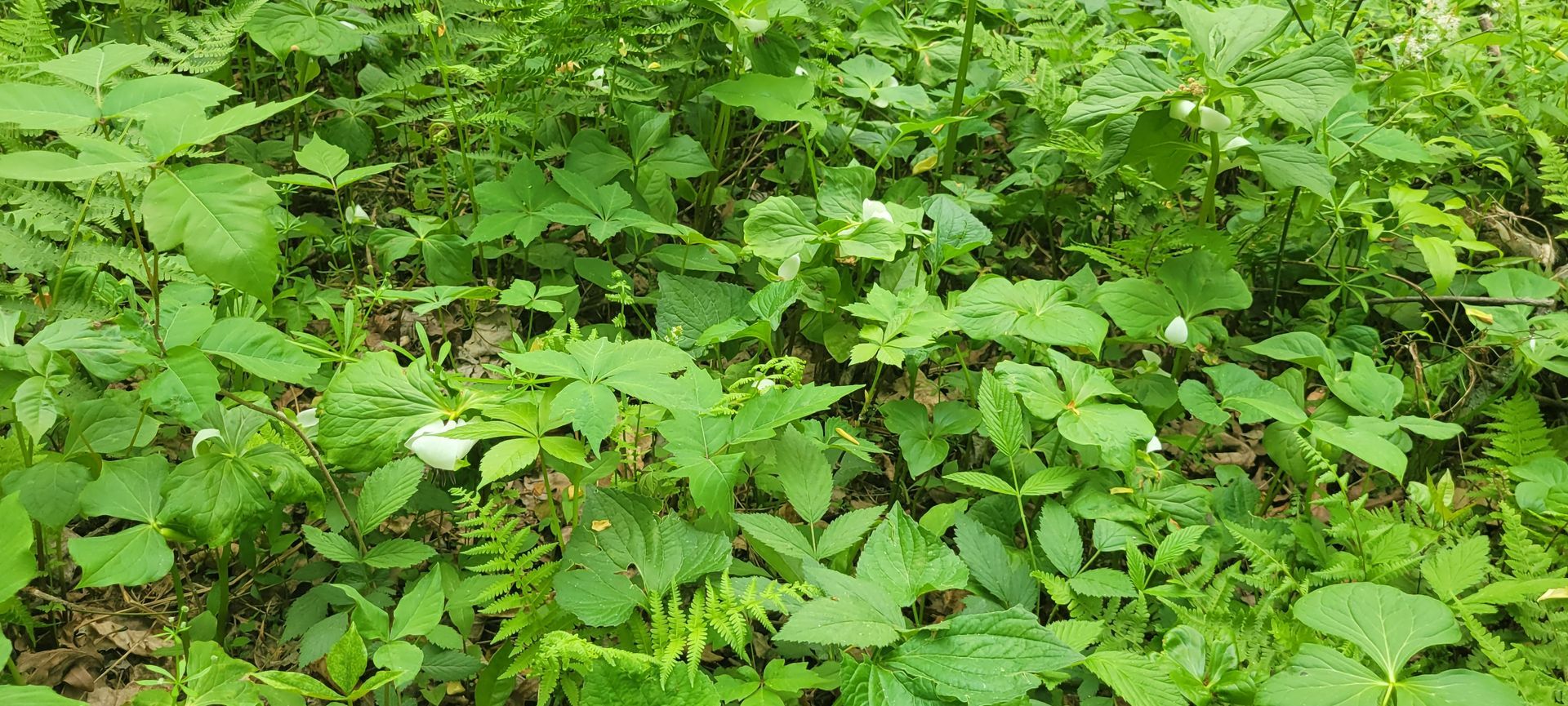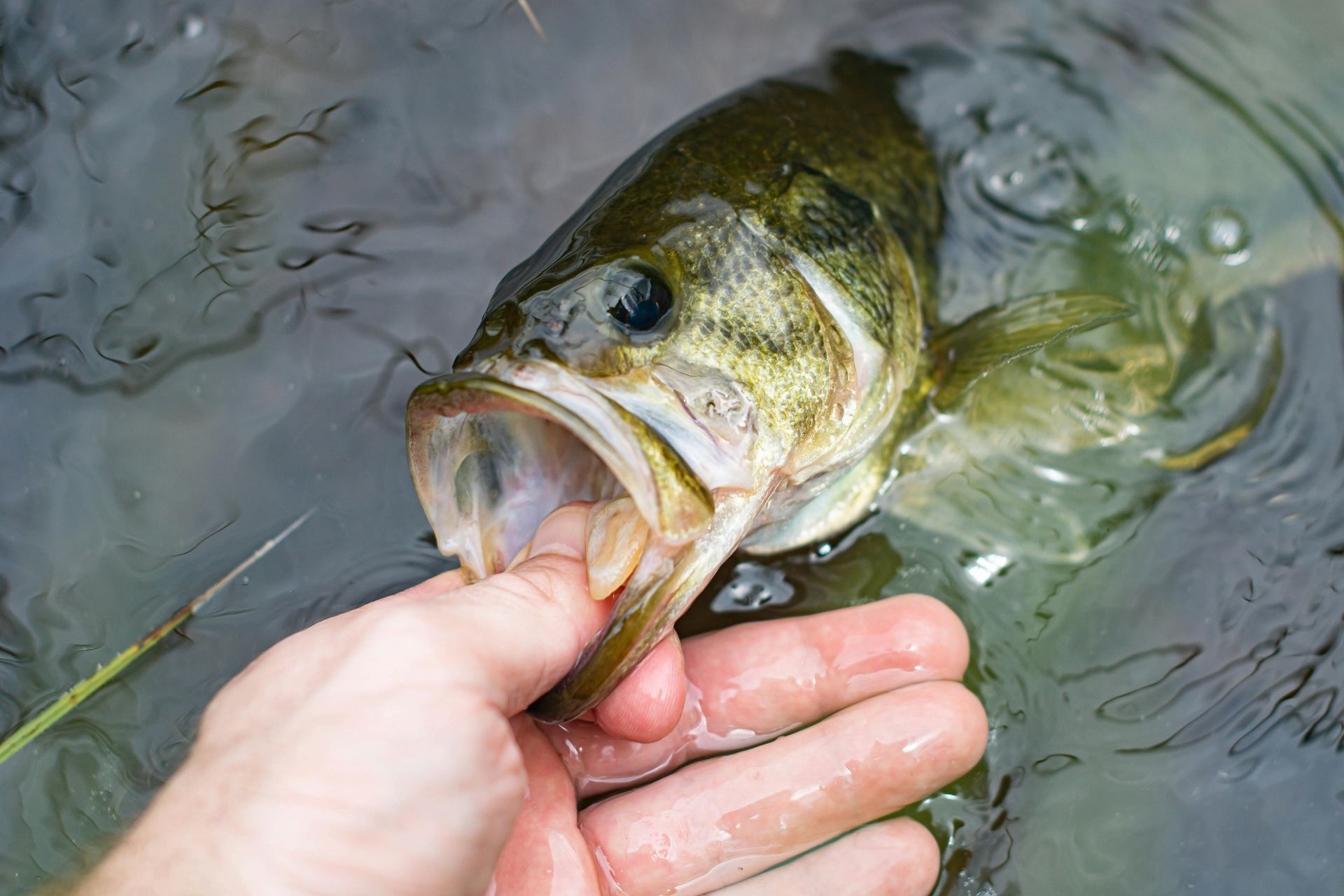Discover a Forest Floor in Bloom: Southern Nodding Trillium at Diamond Lure
Southern Nodding Trillium (Trillium rugelii) at Diamond Lure
If you’ve ever dreamed of stumbling onto a hidden wildflower spectacle, spring at Diamond Lure Campground & RV Resort is your chance. Tucked along our quiet, shaded walking paths grows one of the Southeast’s largest colonies of Southern Nodding Trillium (Trillium rugelii)—literally thousands of plants that transform the forest floor into a constellation of creamy‑white blossoms. Here’s why these shy flowers deserve a spot on your must‑see list when you camp with us.
Meet the Star of the Show
- Appearance. Rising 12–18 inches, each trillium bears three broad, blue‑green leaves that form a canopy over a pendant flower. The petals curve backward to reveal dark‑purple anthers (we also have white and pink Trillium) and a flask‑shaped ovary—the hidden jewel that inspired the name “nodding.”
- Habitat & Range. T. rugelii thrives only in rich, moisture‑retentive ravines across a narrow belt of the southern Appalachians and foothills, from western North Carolina to north‑central Georgia and Alabama.
- Bloom Window. Peak display typically runs mid‑April through early May, just as new foliage paints the woods a fresh green.
Because each flower hangs below its leaf umbrella, a gentle lift of a leaf—or a quick kneel—reveals its delicate beauty. That subtle hide‑and‑seek is half the fun.
A Rare Beauty Worth Protecting
Classified as Vulnerable (G3) by NatureServe, Southern Nodding Trillium faces threats from habitat loss, invasive plants and careless foot traffic. Plants can take nearly a decade to reach flowering size, so every bloom you see represents years of patient growth.
How you can help while you enjoy them:
- Stay on marked paths—even to snap the perfect photo.
- Look, don’t touch—never pick or transplant trilliums.
- Brush off boots before and after hiking to avoid spreading invasive seeds.
Why Diamond Lure Is a Trillium Haven
Our two miles of rustic trails wind through cool, north‑facing slopes and seeps that deliver the consistent moisture and mineral‑rich soils trilliums crave. Decades of mindful stewardship—no timber harvesting in sensitive ravines, limited foot traffic and a “Leave No Trace” culture—have allowed this colony to flourish into one of the region’s most impressive displays. In peak season, the understory gleams with nodding white lanterns as far as the eye can see.
Tips for the Best Bloom Experience
- Timing: Plan your visit between about April 10 and May 5 (weather‑dependent).
- Lighting: Mid‑morning sun filtering through spring leaves makes petals glow—perfect for photographs.
- Wildlife Watch: Pause quietly; you may spot bumble bees or small beetles ducking under leaves to pollinate the flowers.
- Beyond Spring: After bloom, watch for ripening red fruits in summer, then shift your focus to fire‑pink, cardinal flower and native orchids that follow.
Plan Your Camp‑and‑Hike Adventure
- Location: 514 Diamond Lure Rd., Ellijay, GA 30536
- Trail Length: Approximately two miles of interconnected woodland paths, accessible to registered campers from your site—no driving required once you’re here.
- Campground Info: Check‑in after 1 p.m.; check‑out before noon. Quiet hours run 10 p.m.–8 a.m. If you’ll arrive outside office hours (Mon–Sat 10 a.m.–5 p.m.; Sun 12–5 p.m.), call 706‑273‑3075 and press 0 to reach a staff member. As always, a team member will gladly escort you to your site.
Thousands of Southern Nodding Trilliums don’t gather in one place by chance—they’re an ecological treasure decades in the making and a living invitation to slow down, look closer and breathe in the magic of an Appalachian spring. Book your stay at Diamond Lure, lace up your hiking shoes and witness one of Georgia’s most extraordinary wildflower displays right outside your RV or tent flap. A forest floor of nodding blossoms is waiting to greet you.
